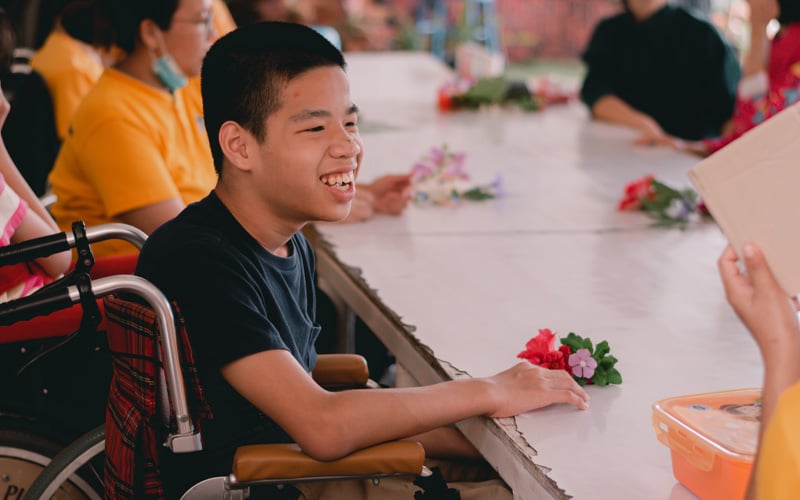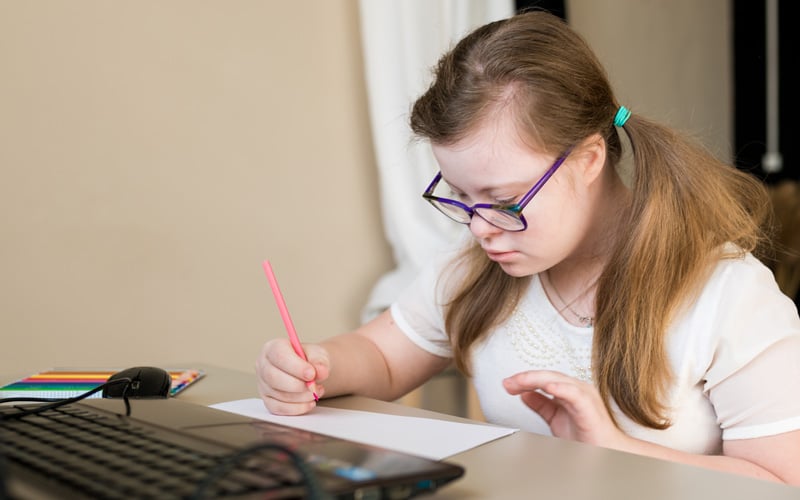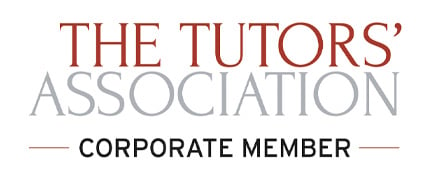SEND
What is SEND?
As in many areas of life, people are taking a look at the terminology they use when describing children with special needs.
Many people favour the abbreviation ‘SEN’ – ‘special educational needs’ – to describe young people who have a physical, emotional, neurological or mental health condition which means they need extra assistance to help them gain an education. More recently, however, other people are choosing instead to use ‘SEND’ which stands for ‘special educational needs and disabilities’.
What is the Difference Between SEN/SEND?
In truth, there is very little difference in the two descriptions. The term ‘special needs’ can be applied to a huge range of challenges from being blind, for example, or hearing-impaired to being dyslexic or socially-anxious.
Many of the conditions which come under the special needs umbrella – such as autism, ADHD or being a wheelchair-user – are officially classified as disabilities because they impact a person’s ability to study, work or live a ‘normal’ life.
Even so, many educationalists feel it is more inclusive to add a ‘D’ for ‘disabilities’ to the acronym, recognising it as a category in its own right.


Four Categories of SEN or SEND
Experts generally agree that there are four areas of difficulty which could be described as special needs –
- Challenges with communication or social interaction.
- Difficulties with cognition and learning.
- Social, emotional or health problems.
- Sensory or physical needs.
Children may have difficulties in more than one area. Some of their challenges may be classified as a disability, while others aren’t.
Legal Terms
Regardless of whether you use ‘SEN’ or ‘SEND’, both are legally-recognised terms which mean a young person has certain rights and protections.
According to the website of the charity IPSEA – Independent Provider of Special Education Advice – a child can be classified as having special needs if they have a learning difficulty and/or a disability which makes it difficult for them to use school or college facilities in the same way as their peers. If these challenges mean that additional help needs to be put in place, they have SEN/SEND.
In addition to classroom provision, having special needs may also mean a child needs extra health or social support such as speech and language therapy, psychological interventions or occupational therapy.
Local authorities are legally responsible for identifying and assessing the special needs of the young people they care for. They are obliged to support a child to achieve the ‘best possible educational and other outcomes’.
If a student can’t be supported at school through existing methods, they will be granted an EHCP which details exactly what additional support will be required and includes input from the parents. The plan will be reviewed and updated annually.
Tutor Spotlight

Hannah is a qualified SEND teacher and tutor in South London with eight years’ teaching experience in both the state and independent sectors. She is experienced in working with children with physical and developmental disabilities such as cerebral palsy and Down syndrome, profound and multiple learning difficulties, global developmental delay, complex medical needs, speech and language difficulties, ASC, ADHD, PDA and anxiety. Hannah specialises in teaching students who are developmentally working within an early years or primary level.
Hannah’s experience working with children with special educational needs and disabilities (SEND):
“Over the years, I have worked with students with disabilities from age two all the way through to age 18. As children with physical disabilities often require therapeutic interventions, it is vital to integrate these therapies within planning and teaching, so as to ensure the best possible outcomes for the child. Examples of this can range from working directly with physiotherapists and occupational therapists in order to incorporate positioning and equipment such as specialist chairs, standing frames, postural supports and walking aids alongside physical programmes such as hydrotherapy and MOVE. For children with disabilities, a tailored sensory cross-curricular approach often allows these therapies to integrate e.g. a physical maths session in a standing frame, working on developing core strength and gross motor skills whilst throwing and counting beanbags into buckets. My experience working with children with physical disabilities has inspired my planning and teaching to become more holistic, creative and wholly flexible around the needs of the individual child.”
Hannah’s approach when working with children with special educational needs and disabilities (SEND):
“When working with pupils with disabilities, it is fundamental to ensure the child has autonomy and independence over their learning. Whilst some students are able to communicate verbally, through AAC devices or through gestures or signing, not all children with physical disabilities have the tools to express themselves. This is why it is important to recognise and honour a total communication approach, where the child is able to feel that their voice is heard and respected. Pupils with profound and multiple learning difficulties may respond to objects of reference or touch cues, whereas some children with physical disabilities may use Eye Gaze technology, switches or engage through intensive interaction. Taking time to develop a mutual trust and rapport with learners allows you to support their preferred communication style whilst ensuring they feel safe and understood.”
Hannah’s top tips for parents/carers with children with special educational needs and disabilities (SEND):
If you are a parent or carer of a child with a disability, the first step is to speak to your child’s class teacher or SENCO regarding supports in place for an inclusive classroom environment. Examples of this may include but are not limited to:
- multisensory resources and teaching strategies,
- suitable space for learners with physical disabilities to move around safely,
- appropriate lighting and positioning for children with visual impairments and the inclusion of assistive technology such as wireless listening devices for students with hearing aids.
It is also important to understand if there will be an integrated approach to your child’s therapy programmes and how these will be supported during the school day and during recreational periods e.g. break and lunchtimes.
Secondly, I would advise joining a local parent support network through charities such as Action for Children, Contact or Scope. It can be really helpful to connect with other families experiencing similar situations and who have a shared understanding of the emotional impact.
Krista:
Krista is a qualified SEN tutor and has a SpLD accreditation (Dyscalculia, Dyslexia and ADHD).
She mentions that she has “worked with many students with a diagnosis of dyscalculia in both school and one to one settings. Often high levels of anxiety accompany a young person with dyscalculia, especially around maths and memory.
I make relieving and reducing anxiety a key component of my lessons, focussing on encouragement and confidence building. Depending on the age and interests of each student I employ techniques and activities such as rhymes, maths games, revision and flash cards, breaking down tasks into bite size chunks, making tasks visual, lots of repetition, and of course by making learning engaging and fun.”





